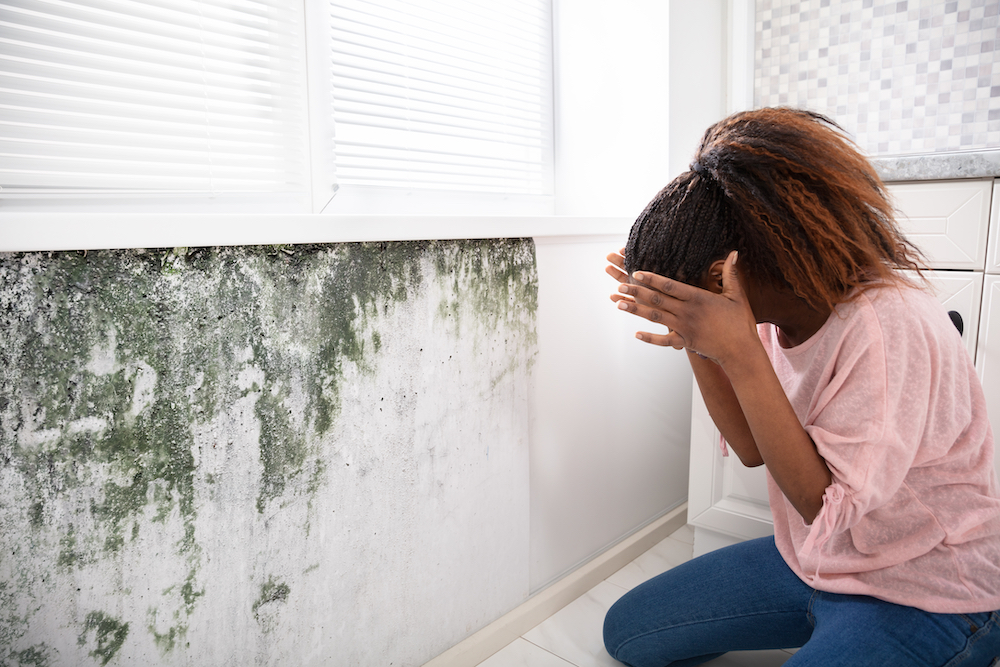With many parts of the country experiencing significant flooding this spring and summer, we wanted to share some tips for property owners on how to reduce the risk of mold after a flood. If not caught within 24-48 hours, serious mold problems can arise. Share these tips with your investors to help keep their property mold-free after a heavy rain or storm surge event.
Step 1: Remove Water
Remove any standing water using a water pump. It is a health hazard anywhere in the building.
Step 2: Remove Moisture
The next step in the process is a combination of extraction, drying, and dehumidification to remove trapped moisture. Health risks caused by mold can be serious: Allergies, neural and respiratory diseases as well as chronic conditions such as asthma, neurological conditions, or eye infections can occur.
Tip 1:
The quicker a property is dried out, the more materials and contents can be saved.
Tip 2:
Always wear gloves, eye protection, and masks when handling mold-contaminated materials.
Tip 3:
- Any porous or consumable item that has come into contact with flood water will need to be disposed of properly. This includes cardboard, carpet, padding, stuffed animals, upholstered furnishings, mattresses, box springs, and paper products including books and magazines.
- Food and clothing items that have been in contact or stored in areas with contaminated water or mold should be thrown away.
- Materials that have a solid surface such as plastic, glass, or metal should be cleaned and disinfected. Soap and water is a simple, yet effective cleaning method.
- Appliances that have been exposed to water or mold will need to be replaced. Appliances that have mold exposure but have not been underwater may be saved with a professional cleaning.
- Forced air furnaces can distribute mold throughout an entire home. Furnaces and ductwork should be cleaned as a part of any professional mold remediation process.
Don’t fall victim to scammers!
When an area gets hit with widespread flooding there is always a risk that unscrupulous contractors may show up to take advantage of people. To avoid this, take the following steps:
- Get at least three bids on identical itemized work orders.
- Demand proof of insurance and call the contractors’ insurers to confirm coverage.
- Check that the contractors are licensed through the state’s board of licensing (if applicable).
- Don’t cave in and agree to a large down payment, which a reputable contractor won’t demand.
- Get guarantees and contracts in writing, and don’t agree to pay cash.
The Bottom Line
The most important thing for your investors to remember if their property gets damaged by water is to dry it out as soon as possible. If your client takes that one precaution, they should be able to keep mold growth at bay.
Learn more about mold and what is covered here.





